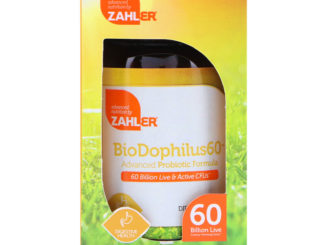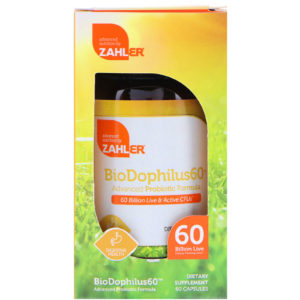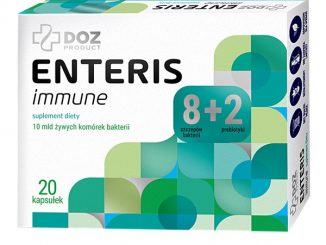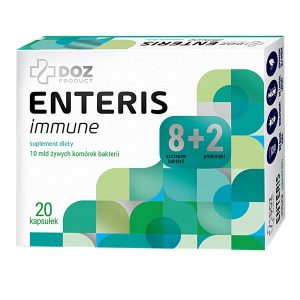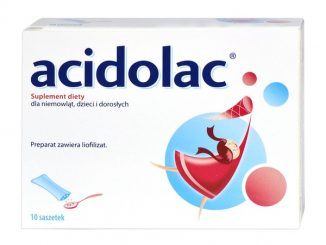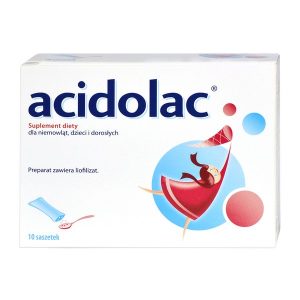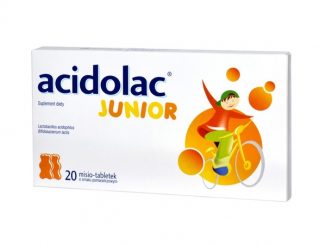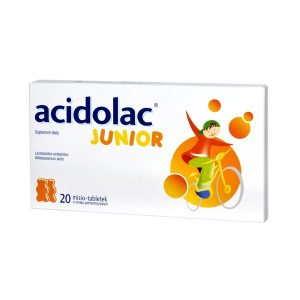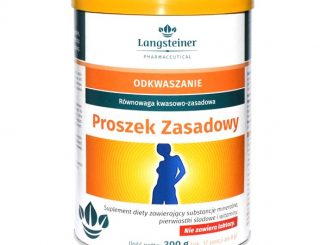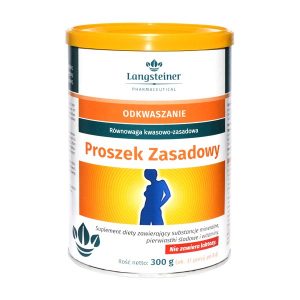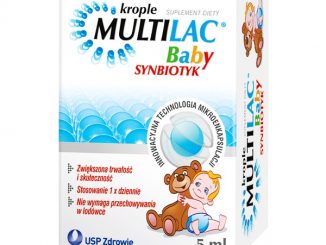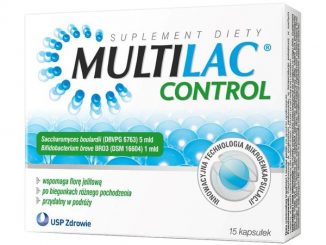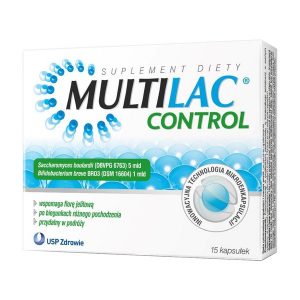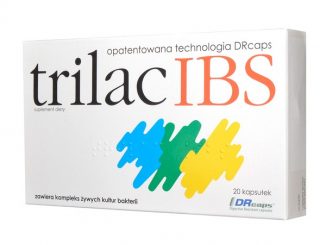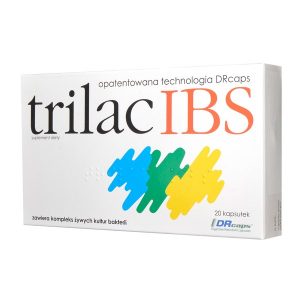The properties of Fructooligosaccharide
Fructooligosaccharides (FOS) also sometimes called oligofructose or oligofructan, are oligosaccharide fructans, used as an alternative sweetener. FOS exhibits sweetness levels between 30 and 50 percent of sugar in commercially prepared syrups. It occurs naturally, and its commercial use emerged in the 1980s in response to consumer demand for healthier and calorie-reduced foods.
FOS is extracted from the blue agave plant as well as fruits and vegetables such as bananas, onions, chicory root, garlic, asparagus and leeks. Some grains and cereals, such as wheat and barley, also contain FOS. The Jerusalem artichoke and its relative yacón together with the blue agave plant have been found to have the highest concentrations of FOS of cultured plants.
US FDA regulation
FOS is classified as generally recognized as safe (GRAS).
NZ FSANZ regulation
The Food Safety Authority warned parents of babies that a major European baby-formula brand made in New Zealand does not comply with local regulations (because it contains fructo-oligosaccharides (FOS)), and urged them to stop using it.
EU regulation
FOS use has been approved in the European Union; allowing addition of FOS in restricted amounts to baby formula (for babies up to 6 months) and follow-on formula (for babies between 6 and 12 months). Infant and follow-on formula products containing FOS have been sold in the EU since 1999.
Canadian regulations
FOS is currently not approved for use in baby formula.


























































